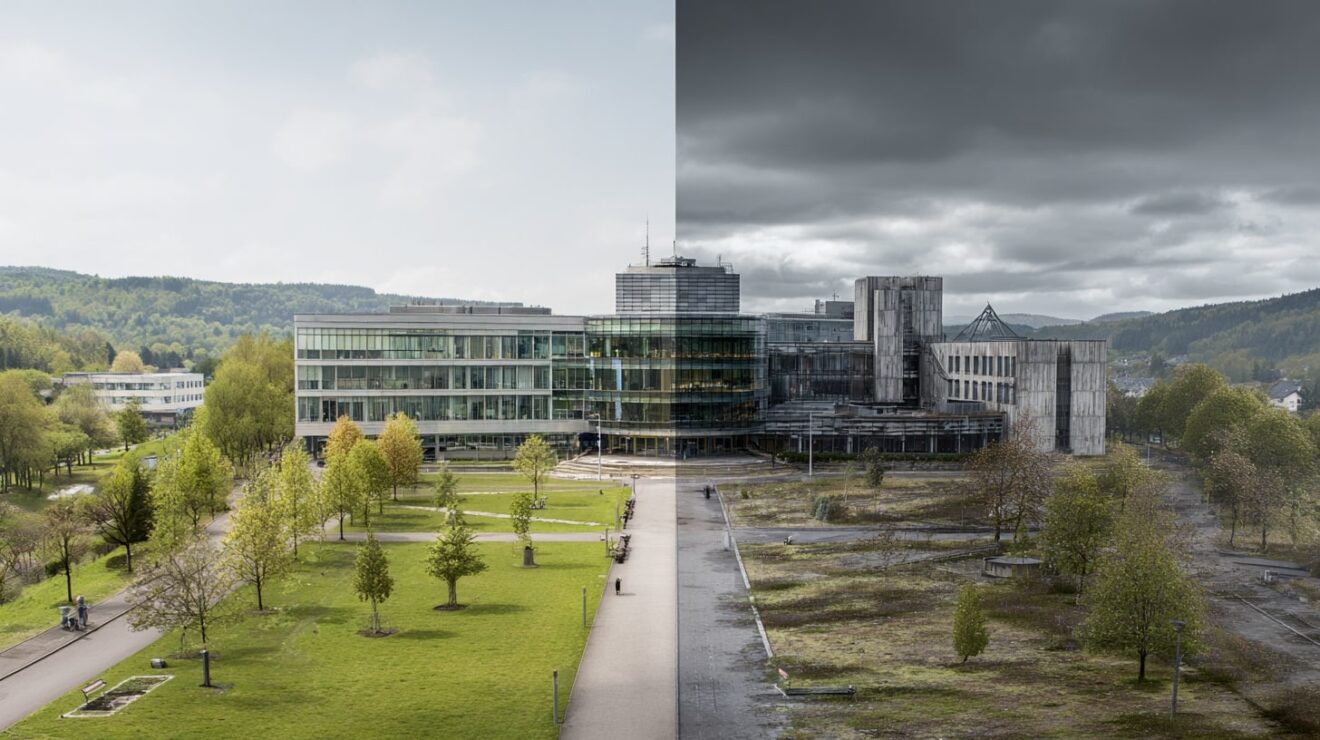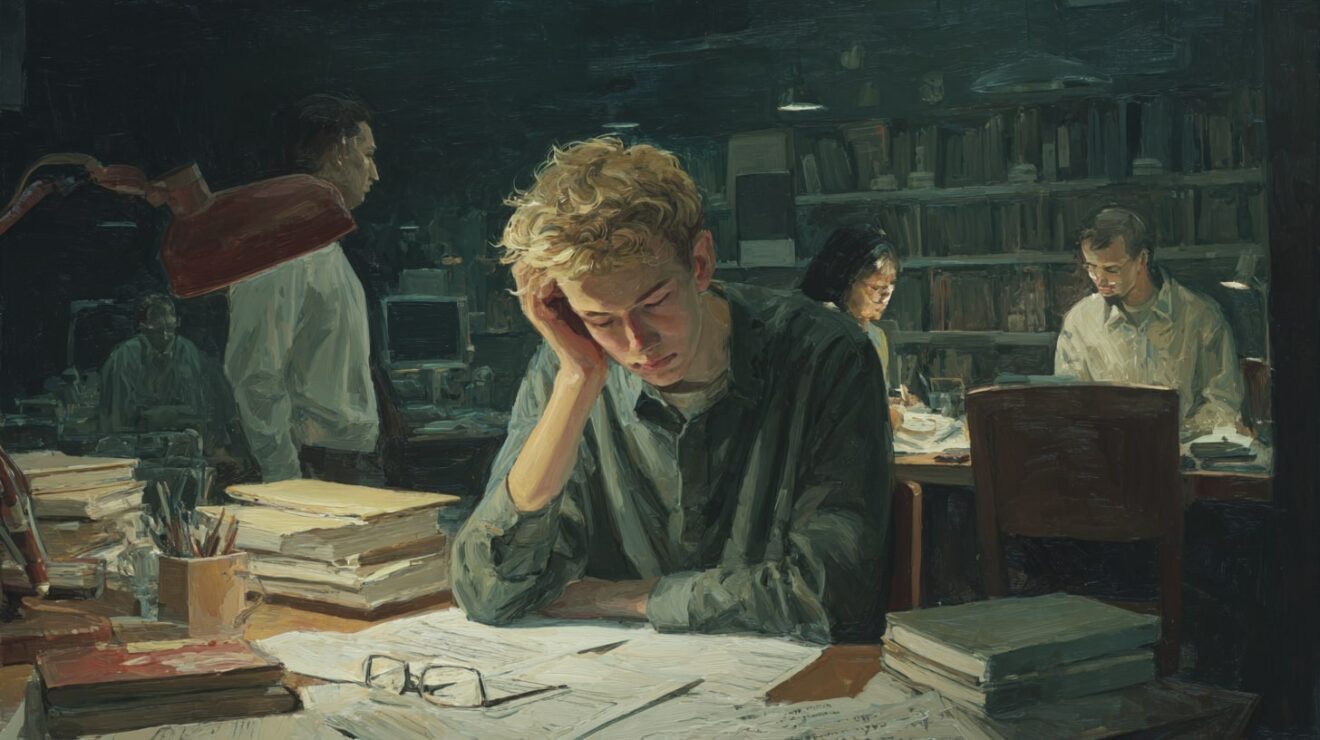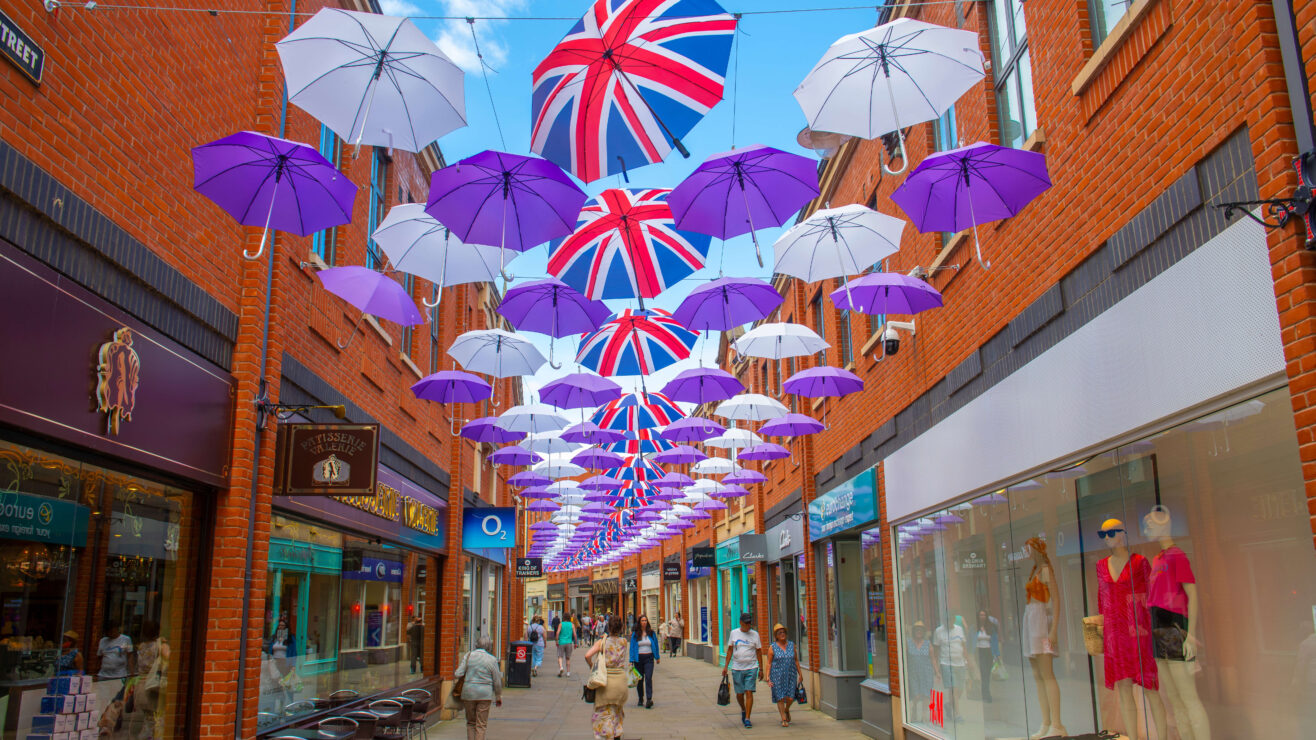“In the current vocabulary of condemnation, there are few words as final and conclusive as the word “uneconomic”. If an activity has been branded as uneconomic, it’s right to existence is not merely questioned but energetically denied”
In 1973, economist E. F. Schumacher published “Small is Beautiful: A Study of Economics As If People Mattered”, criticising a central preoccupation of politics with economic growth without concern for human happiness; a system in which to act uneconomically, or for an industry or individual practice to be determined as uneconomic, is to imply it is not worthy of pursuit. Although it may seem an unusual application, Schumacher’s perspective is particularly relevant to craft today in relation to the ongoing economic valuation of higher education.
Craft is a notoriously difficult concept to define; it can be a noun or a verb, it is associated with highly skilled professions and hobbies, it can be found in industry, workshops, cultural and educational institutions and homes. Following the dictionary definition of an activity involving skill in making things by hand, craft continues to play a role in the economic fabric of the UK. Meanwhile, a report by KMPG has highlighted the potential for economic growth and innovation that can be derived from the adaptation and application of craft skill to digital and technology-driven sectors.
While the field of craft continues to expand into multi-disciplinary and non-material based practices, the categorisation of core craft subjects in higher education retains a material attachment. Identified by subject codes (JACS) and in the Crafts Council’s study of educational trends, the crafts category includes degrees such as Textiles Design, Contemporary Crafts, 3D Designer Maker, Furniture Design, Glass, Ceramics, Jewellery and Silversmithing. These core subjects are the focus of my own research on craft higher education and professional development.
In the context of an increasingly marketised higher education system, the decline of core craft provision in higher education by 54% between 2007/08 and 2015/16 poses an interesting question: does the future of craft in higher education depend on an ability to prove itself as economically viable? Or, can we shift the debate towards a more nuanced, people-centred understanding of “value”, one where craft matters?
Contrasting values
It is widely celebrated that the creative industries are valuable to the UK to the tune of £92bn gross value-added (GVA) and 2 million jobs, and also that creative occupations are at a lower risk of automation. A figure that is less readily recalled is the value of craft, £3.4bn including craft-based activity in non-craft businesses.
Over the last decade a growing investment in “crafted”, “authentic”, and “handmade” products has presented itself in the resurgence of craft work as a counter to global mass consumerism and the digital revolution as well as by commercial markets recognising the added value of the craft label. There has been a surge in makerspaces (physical DIY, creative spaces where people gather to create, invent and learn, aka hackerspaces and fablabs) in the UK and across the globe and an increasing awareness of the benefits of craft to wellbeing. However, as creative industries, industrial and educational policies continue to shift towards economic growth and innovation agendas, craft is faced with an ideological tension akin to that of higher education in a consumer-driven market. While in some areas of the sector there is a move towards promoting craft skills and knowledge as having the potential to drive growth and innovation in other sectors, there also remains an attachment to craft as rooted in tradition and the handmade.
On the one hand, these romantic values are positively driving a resurgence of public engagement with craft at amateur and professional levels. They are fueling and fueled by the rise of online platforms for craft retail such as Etsy, and popular TV programmes selling the joys of amateur craft and the potential for home-based entrepreneurship. On the other, they stand at odds with the political agenda for creative industries as economic drivers of growth.
the UK’s world-class creative industries, which cover film, TV and video games, are growing at twice the rate of the economy as a whole and are heavily reliant on STEM skills.
Craft, alongside a number of other sectors, is missing from the latest industrial strategy, quoted above, and also from the creative industries sector deal which focuses on digital technology and STEM skills. This is a problem for creative higher education as the industrial strategy and the post-18 review are linked; an aim of the review is “delivering the skills the country needs with outcomes that deliver the industrial strategy ambitions by contributing to a strong economy”. The omission of so many creative industry sectors and the call for enhanced STEM skills to support the creative industries, considered alongside the ongoing marginalisation of art, craft and design education in schools, represents an ideological denial of the role of creative education in the creative economy and society.
When counting counts, but creating does not
Political debate around craft higher education is inconsistent, although it has a tendency to end in a call for a revived apprenticeship system that denotes craft as purely vocational and out of place in academia. Crafts Council UK has outlined some of the core issues around craft apprenticeships but fundamentally, I argue, a university education offers something different to an apprenticeship and that to take craft out of the university, to strip it of academic status, would make a stark statement about its worth.
As has been argued by previous contributors, purely economic measurements of value in higher education reinforce a lack of parity between arts, humanities and social sciences subjects on one hand, and STEM subjects on the other. In a report for the Higher Education Policy Institute (HEPI) on declining arts education in schools, John Last of Norwich University of the Arts (NUA), called out the subject inequality creating cracks in the creativity pipeline;
There is a flaw in the logic that says to count is to be economically productive, but to create is not.
The latest figures for 2018 arts GCSE registration in England show that overall arts participation has fallen by -25.6% over the past five years, associated with educational performance frameworks, negative perceptions of the value of arts education among pupils and parents, and a sustained political emphasis on STEM (despite repeated calls for STEAM). A stark decline (-42%) in the uptake of design and technology GCSEs in particular, and diminishing opportunities to work with resistant materials such as clay and wood, suggest a move away from the material and equipment-intensive teaching and subsequently a reduction in 3D learning driven by performance measures and cost.
While this is already creating a growing recruitment problem for craft-related degrees, things could get worse. A system of differential fees based on the cost of provision, the (financial) return on investment to the student, and the (measurable) value to society – as proposed by Damian Hinds on the launch of the post-18 review – would put craft at a further disadvantage. The high cost of equipment, materials and studio space needed to deliver such courses has already driven some universities to divest themselves of their craft facilities and staff. The challenge of demonstrating economic efficiency when measured by square-metre-per-student is further compounded by typically small student cohorts.
Like other creative subjects, craft has a complicated relationship with standardised measurements of university performance and graduate success. The sector is made up primarily of sole-traders and micro-enterprises, and graduates demonstrate high levels of portfolio working, both of which are ineffectively measured by graduate destination surveys (DLHE), Longitudinal Employment Outcomes (LEO), or other national economic measurements. The use of Her Majesty’s Revenue and Customs (HMRC) earnings data as a proxy for the value derived from a university education could be used to determine that craft is “uneconomic” in the sense that to pursue craft in higher education is to behave uneconomically when presented with data on graduate salaries.
Making the case
Craft higher education not only provides formal training, but access to research and development resources that facilitate innovation, funding, and employment opportunities. If economics is allowed to usurp other cultural and sociological measurements of value in a way that does not take into account the limitations of its calculus, it will continue to discount or devalue the contribution of higher education to the wider ecosystem of the creative economy, as well as our national culture.
Some organisations and individuals are resisting the changes to the higher education system and infrastructure arising from shifts in funding, policy and the research agenda. A few higher education providers are bucking the trend by investing in their making facilities and forming schools partnerships to support early-years education. National and local after-school and Saturday clubs continue to provide some respite from the decline of arts education in schools. Combined with ongoing advocacy and research, this is indicative of a passion and will to support art, craft and design.
However, localised or extracurricular support cannot be sold as the solution. If we want a review of higher education where craft and creativity matter, for their socio-cultural and economic contribution, support is needed from ministers as well as makers.














This argument does not only apply to craft education. It applies to engineering, architecture and science laboratory skills. For example, at one time Workshop Practice was a core subject early in civil, mechanical and electrical courses in which “hands on” experience of brick laying, welding, placing concrete, tuning machines, soldering etc formed part of the “engineering formation”. This is now thought of as expensive, unnecessary and up for replacement by “virtual labs” and “virtual fabrication” so that some of the very interests and curiosities that attracted students to real life engineering have become abstract. This strategy prevents insight into, and… Read more »
This is not even specific to the UK. I am busy with my MA in South Africa (craft practice and the mechanism of haptic learning and tacit knowledge) and there is no support for the value of craft in tertiary education, even in a country that has a craft history stretching back millions of years. It’s all STEM, all the time.